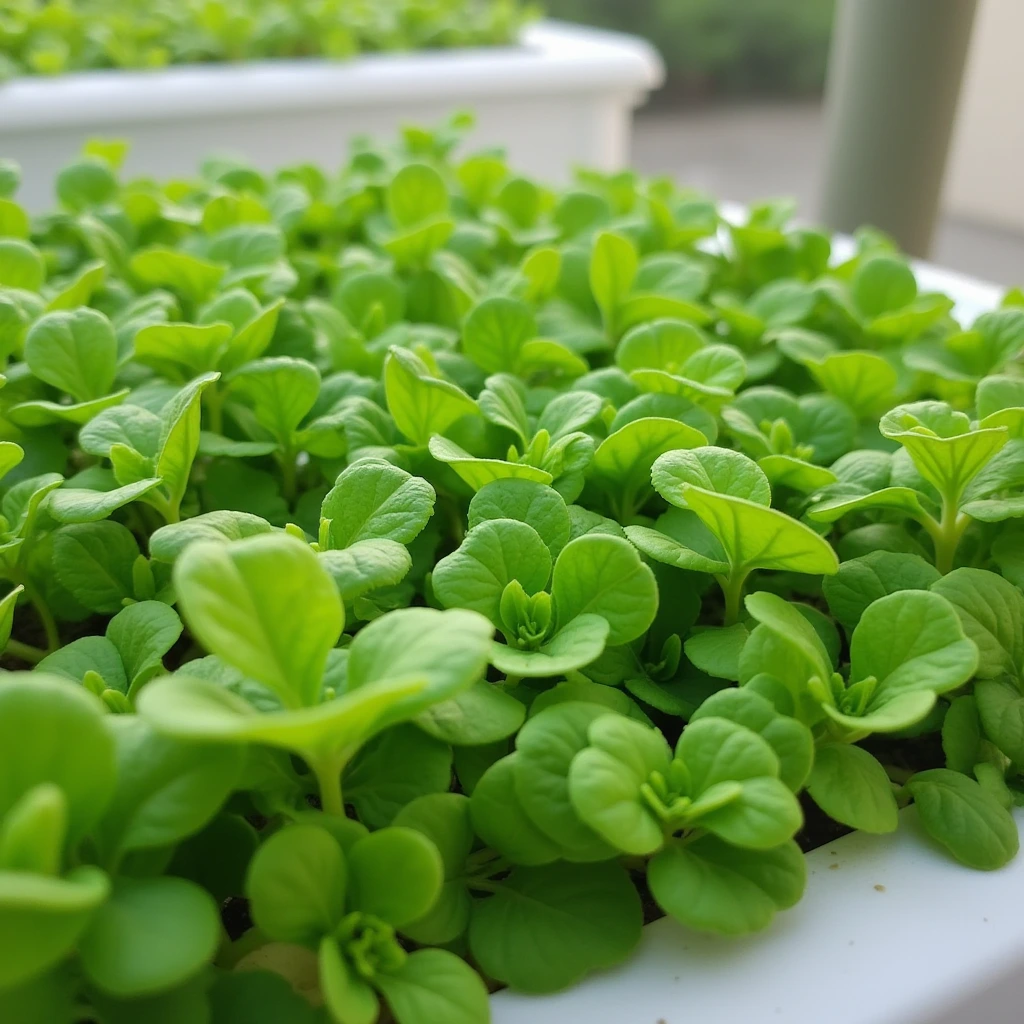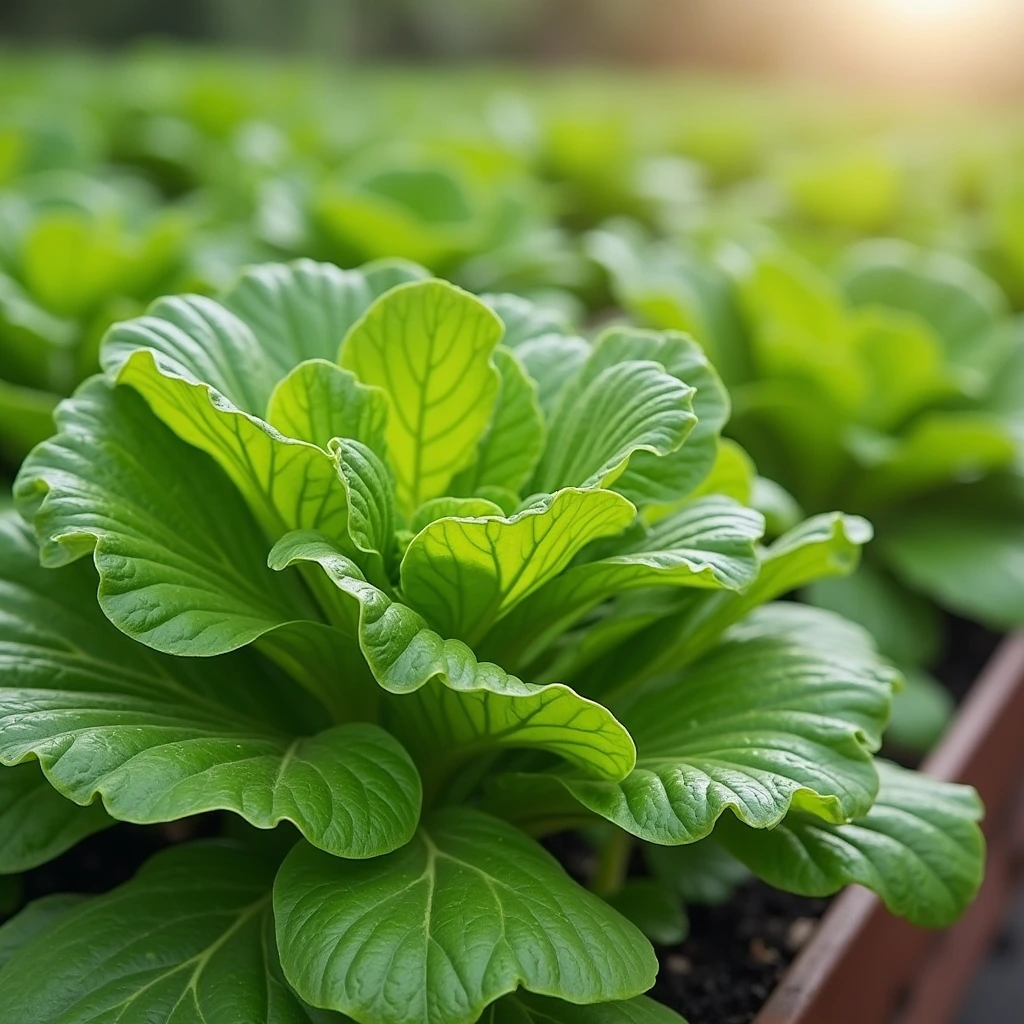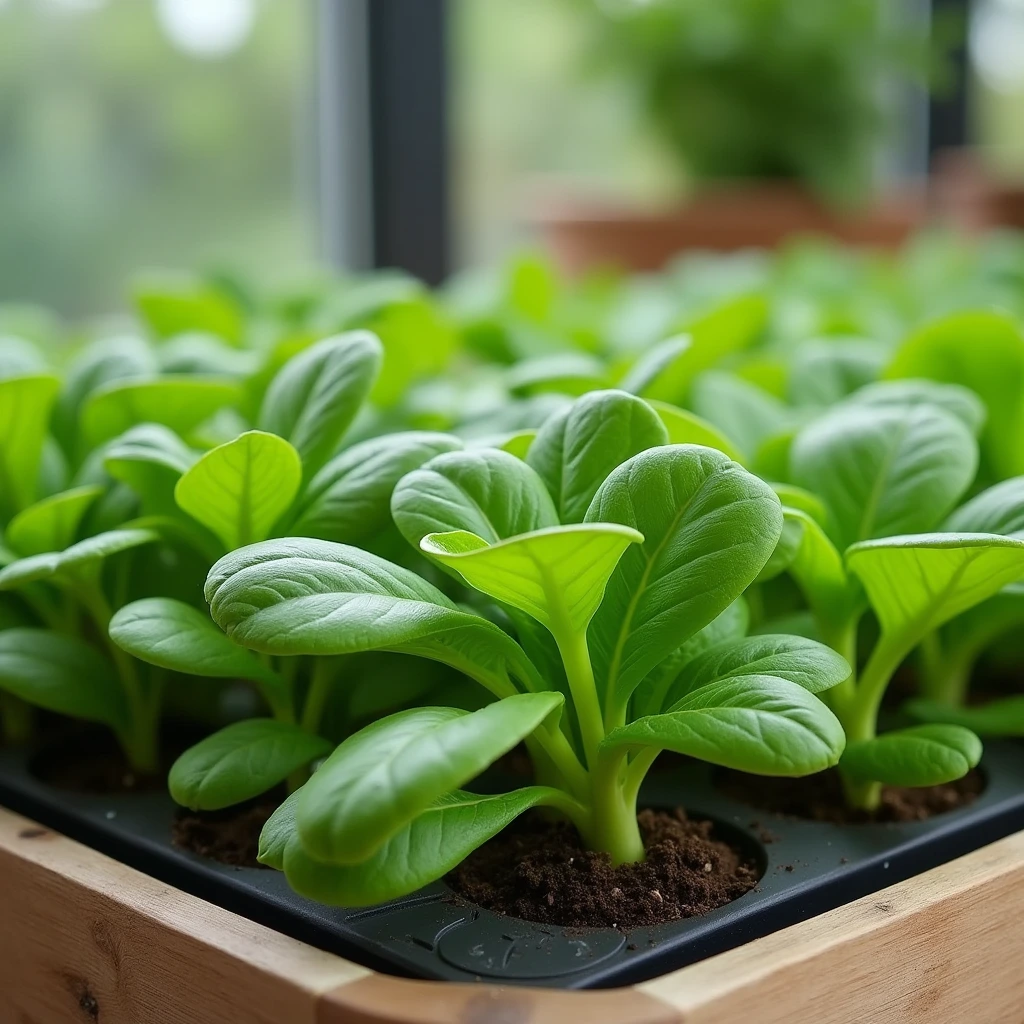Growing Organic Vegetables at Home Using Hydroponic Methods
Growing your own organic vegetables at home is not just a rewarding hobby—it’s a step toward a healthier lifestyle and a sustainable planet. Among the various gardening techniques, hydroponic gardening has gained massive popularity for its efficiency and ability to produce fresh, chemical-free crops right inside your home or backyard garden. This article will guide you through everything you need to know about growing organic vegetables using hydroponic methods, from setting up your system to harvesting your own nutritious produce.
![]()
What Is Hydroponic Gardening?
Hydroponic gardening is a soil-less growing technique that uses a nutrient-rich water solution to feed plants directly. Instead of relying on soil to provide nutrients, the roots of the plants are suspended in water or other growing media such as coco peat, perlite, or clay pellets. This method allows plants to absorb nutrients more efficiently, resulting in faster growth and higher yields compared to traditional soil gardening.
Hydroponics is particularly ideal for urban homes or those with limited outdoor space. You can easily set up a small hydroponic garden on a balcony, in a greenhouse, or even indoors under LED grow lights.
Why Choose Hydroponics for Organic Vegetables?
Growing vegetables organically through hydroponics offers numerous advantages over conventional soil-based farming:
- No Pesticides or Chemicals: You control what goes into your system, ensuring your vegetables are free from harmful pesticides or synthetic fertilizers.
- Efficient Water Usage: Hydroponic systems use up to 90% less water than traditional gardening because the water is recirculated and reused.
- Space-Saving Design: Vertical hydroponic systems allow you to grow more vegetables in a smaller area.
- Faster Growth: Because nutrients are delivered directly to the roots, plants grow up to 30–50% faster.
- Cleaner and Easier Maintenance: No weeding or dealing with soil pests makes hydroponic gardening clean and convenient.

Essential Components of a Home Hydroponic Garden
Before you begin growing your organic vegetables, it’s essential to understand the basic components that make up a hydroponic system:
1. Growing Container or Tray
This is where your plants will be placed. You can use plastic tubs, buckets, or ready-made hydroponic trays designed for home systems.
2. Nutrient Solution
The nutrient solution is the heart of hydroponics. It contains a balanced mix of essential minerals such as nitrogen, phosphorus, potassium, calcium, and magnesium. For an organic setup, you can use natural nutrient sources like compost tea or seaweed extract.
3. Water Reservoir
The reservoir stores the nutrient-rich water that circulates through your system. It should be opaque to prevent algae growth and equipped with a submersible pump for continuous water flow.
4. Growing Medium
Instead of soil, use organic-friendly media such as coconut coir, perlite, or expanded clay pellets to support the plant roots.
5. Lighting
If you are growing indoors, LED grow lights are essential. They mimic sunlight and ensure plants receive the correct light spectrum for photosynthesis and growth.
Step-by-Step Guide to Growing Organic Vegetables Hydroponically
Step 1: Choose the Right Vegetables
Some vegetables thrive better in hydroponic systems. Popular options include lettuce, spinach, kale, basil, mint, tomatoes, cucumbers, and peppers. For beginners, leafy greens are the easiest to start with as they grow quickly and require minimal maintenance.

Step 2: Set Up Your Hydroponic System
You can choose from several types of hydroponic systems such as:
- Nutrient Film Technique (NFT): A thin stream of nutrient water flows through a channel where plant roots absorb nutrients.
- Deep Water Culture (DWC): Plant roots float directly in the nutrient solution with an air pump providing oxygen.
- Drip System: Nutrient solution drips directly onto the roots at regular intervals.
Step 3: Mix and Maintain the Nutrient Solution
Use organic nutrients that are derived from natural sources. Check and adjust the pH of the solution regularly; most vegetables prefer a pH between 5.5 and 6.5. Also, monitor the electrical conductivity (EC) to ensure nutrient levels are balanced.
Step 4: Manage Light and Temperature
Keep your hydroponic garden in a well-lit area or under grow lights for 12–16 hours daily. Maintain a temperature between 18°C and 26°C (64°F–79°F) for optimal plant growth.
Step 5: Monitor and Adjust
Check your plants daily for signs of nutrient deficiency, pests, or diseases. Because hydroponic systems are clean and controlled, problems are rare but still possible. Regularly clean your equipment and change the water every two weeks to maintain freshness.
Step 6: Harvest and Enjoy
One of the best parts of hydroponic gardening is that you can harvest your vegetables sooner than with soil gardening. Leafy greens can be harvested in as little as 3–4 weeks, while tomatoes and peppers may take 8–10 weeks. Enjoy your fresh, chemical-free produce straight from your home garden!

Tips for a Successful Organic Hydroponic Garden
- Start small and expand as you gain experience.
- Use filtered water to avoid chlorine or heavy metals that may harm plants.
- Keep a gardening journal to track growth, pH, and nutrient levels.
- Introduce beneficial microbes or organic additives to enhance root health.
- Regularly sanitize your system to prevent algae or bacterial buildup.
Benefits Beyond the Garden
Hydroponic gardening isn’t just about producing vegetables—it’s about creating a sustainable lifestyle. Growing your own organic food reduces your carbon footprint, eliminates the need for transportation and packaging, and promotes healthier eating habits. Moreover, it can be a calming, meditative activity that connects you with nature, even if you live in a modern city apartment.
Conclusion
Learning how to grow organic vegetables at home using hydroponic methods is an exciting journey that combines technology and sustainability. Whether you’re a beginner gardener or an eco-conscious homeowner, hydroponics offers an efficient and rewarding way to produce fresh, nutritious food year-round. With just a little effort and patience, you can turn your home garden into a thriving, pesticide-free, and environmentally friendly food source.
Start your own hydroponic garden today and experience the joy of harvesting your own organic vegetables—from your home, for your health, and for the planet.